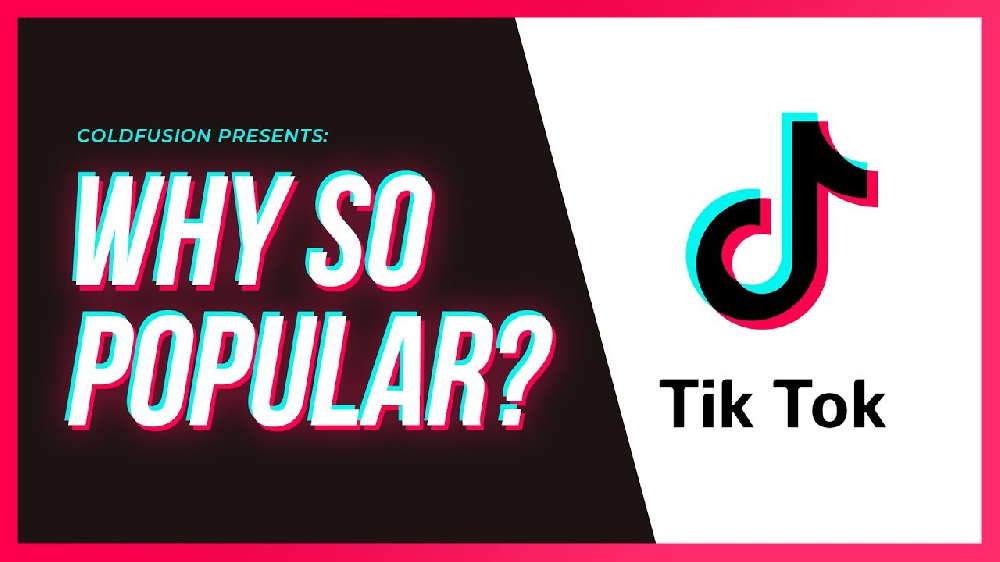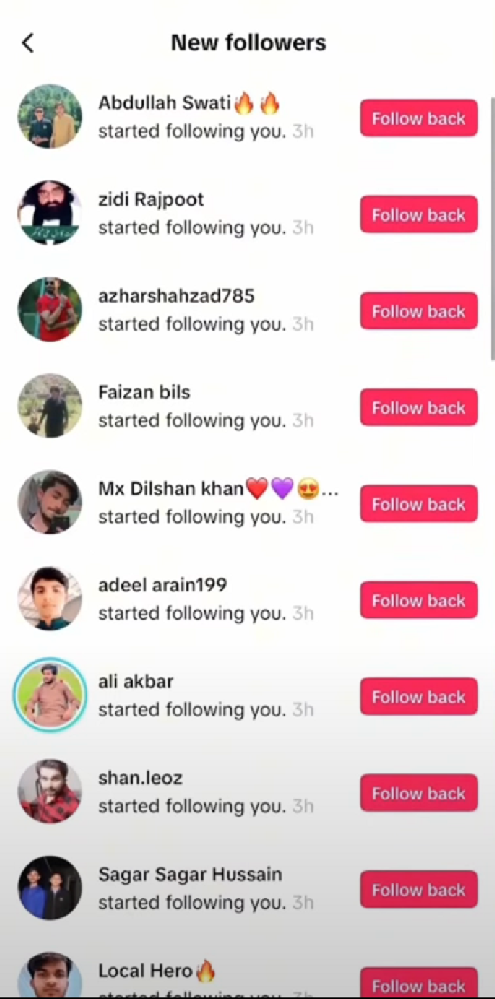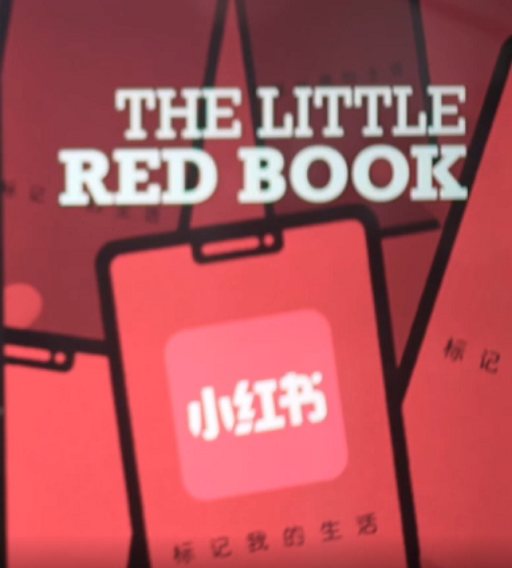In the digital marketing landscape, Facebook and Instagram stand as titans, offering businesses an unparalleled opportunity to reach a vast and diverse audience. With billions of active users, these platforms have become essential for brands looking to increase brand awareness, drive traffic, and, most importantly, boost conversions. However, creating ads that truly resonate with users and lead to conversions is no easy feat. It requires a deep understanding of the platforms' algorithms, target audience, and effective design principles. This article, complemented by an infographic, will guide you through the key steps and strategies to design compelling Facebook and Instagram ads that convert.

Understanding Your Audience
Demographics Matter
Before diving into ad design, it's crucial to have a clear picture of your target audience. Facebook and Instagram provide a wealth of demographic data, including age, gender, location, income, and education level. Analyze this data to identify the characteristics of your ideal customers. For example, if you're selling high - end beauty products, your target audience might be women aged 25 - 45 with a higher - than - average income. Tailoring your ad content, imagery, and messaging to match these demographics will significantly increase the chances of engagement.
Psychographics: Digging Deeper
Beyond demographics, psychographics play a vital role. Understand your audience's interests, values, attitudes, and lifestyle. For instance, if your brand promotes sustainable fashion, your target audience is likely to be environmentally conscious individuals who value ethical consumption. Use this knowledge to create ads that align with their values. Feature models wearing sustainable materials in natural settings, and emphasize the positive impact of choosing your products on the environment.
Ad Formats on Facebook and Instagram
Image Ads
Image ads are a staple on both platforms. They are simple, yet powerful. When designing image ads, choose high - quality, eye - catching images that are relevant to your product or service. The image should tell a story and immediately capture the user's attention. For example, if you're promoting a new fitness program, an image of a fit, smiling person working out in a well - equipped gym can be highly effective. Keep the text overlay minimal, as too much text can clutter the image and reduce its impact. Facebook recommends a 20% text limit on images for better ad performance.
Video Ads
Video ads have become increasingly popular due to their ability to convey more information in a short time. They can be more engaging than image ads as they combine visuals, audio, and motion. When creating video ads, start with a strong hook within the first few seconds to grab the user's attention. Keep the video short and to the point, preferably under 15 - 30 seconds for mobile users. For example, a food delivery service could create a short video showing the delicious meals being prepared and delivered quickly to satisfied customers. Use captions, as many users watch videos on mute on social media.
Carousel Ads
Carousel ads allow you to showcase multiple images or videos in a single ad unit. This format is great for highlighting different features of your product, telling a story, or providing a step - by - step guide. For example, a travel agency could use a carousel ad to show different destinations they offer, each with a brief description and a call - to - action. Make sure each slide in the carousel is visually appealing and contributes to the overall message of the ad.
Stories Ads
Facebook and Instagram Stories ads are full - screen, immersive ads that appear in users' story feeds. They have a sense of urgency as they disappear after 24 hours. Design Stories ads with a vertical orientation to fit the mobile screen perfectly. Use bright, bold colors and engaging animations to stand out. Add interactive elements like polls, quizzes, or swipe - up links to increase engagement. For example, a beauty brand could create a Stories ad with a poll asking users which lipstick shade they prefer.
Crafting Compelling Ad Copy
Keep it Simple and Clear
The ad copy should communicate your value proposition quickly and clearly. Avoid using jargon or complex language. Use short, punchy sentences and bullet points to make the information scannable. For example, instead of saying "Our revolutionary software provides a comprehensive solution for streamlining your business operations," say "Streamline your business with our easy - to - use software. Save time and increase efficiency."
Highlight the Benefits
Don't just talk about the features of your product or service; focus on the benefits for the user. How will it solve their problems or improve their lives? If you're selling a sleep aid, instead of listing the ingredients, say "Get a restful night's sleep and wake up feeling refreshed and energized with our sleep aid."
Call - to - Action (CTA)
A strong CTA is essential for driving conversions. Use action - oriented words like "Shop Now," "Sign Up," "Learn More," or "Book Today." Place the CTA prominently in the ad copy, and make it stand out with a different color or formatting. For example, if your ad has a blue color scheme, make the CTA button orange.
Visual Design Principles for Ads
Color Psychology
Colors can evoke different emotions and influence user behavior. Choose colors that align with your brand identity and the message you want to convey. For example, red is often associated with urgency and excitement, making it a great choice for limited - time offers. Blue, on the other hand, is associated with trust and reliability, suitable for financial services. Ensure that the colors in your ad are harmonious and don't clash.
Typography
Select fonts that are easy to read, especially on mobile devices. Use a maximum of two or three fonts in an ad to maintain a clean and consistent look. The font size should be large enough to be legible, even on smaller screens. For headings, use a bold or larger font to make them stand out. For example, if you're using Arial as your body font, you could use Arial Bold for the headings.
Layout and Composition
The layout of your ad should be balanced and visually appealing. Use the rule of thirds to place important elements in the most attention - grabbing areas of the ad. For example, if you have an image of a product, place it in one of the intersecting points of the rule - of - thirds grid. Keep the ad uncluttered, with enough white space to give the eyes a rest. Group related elements together to create a sense of organization.
Testing and Optimization
A/B Testing
A/B testing involves creating two or more versions of an ad with one variable changed (such as the image, ad copy, or CTA) and testing them against each other. Analyze which version performs better in terms of clicks, conversions, and engagement. For example, you could test two different images in an image ad to see which one gets more clicks. Use the insights from A/B testing to optimize your future ads.
Analyzing Metrics
Facebook and Instagram provide a range of metrics to measure the performance of your ads, including click - through rate (CTR), conversion rate, cost per click (CPC), and return on ad spend (ROAS). Regularly analyze these metrics to understand how your ads are performing. If you notice that an ad has a high CPC but a low conversion rate, you may need to adjust the targeting or the ad creative.
Designing compelling Facebook and Instagram ads that convert requires a combination of understanding your audience, choosing the right ad formats, crafting engaging ad copy, applying sound visual design principles, and continuous testing and optimization. By following these steps and leveraging the insights from the accompanying infographic, you can create ads that not only capture the attention of your target audience but also drive them to take the desired action. Remember, the key is to provide value to the user and make the ad experience seamless and relevant. With the right approach, Facebook and Instagram ads can be a powerful tool for growing your business and achieving your marketing goals.



